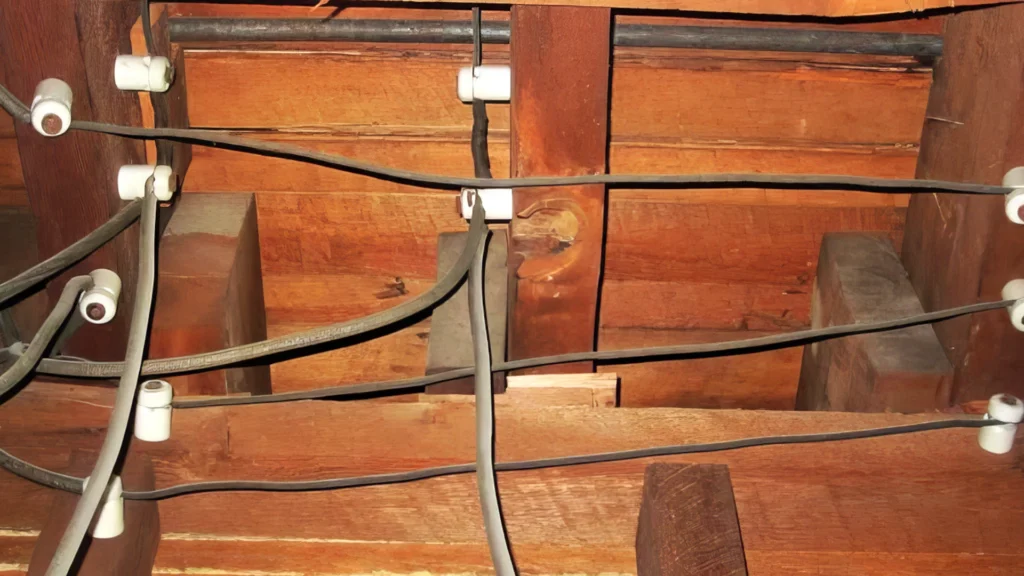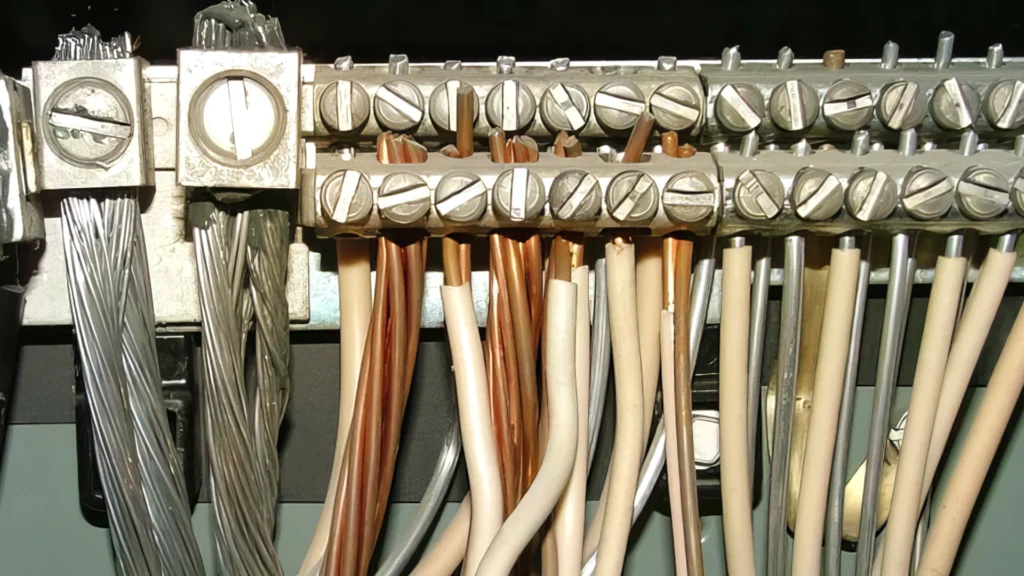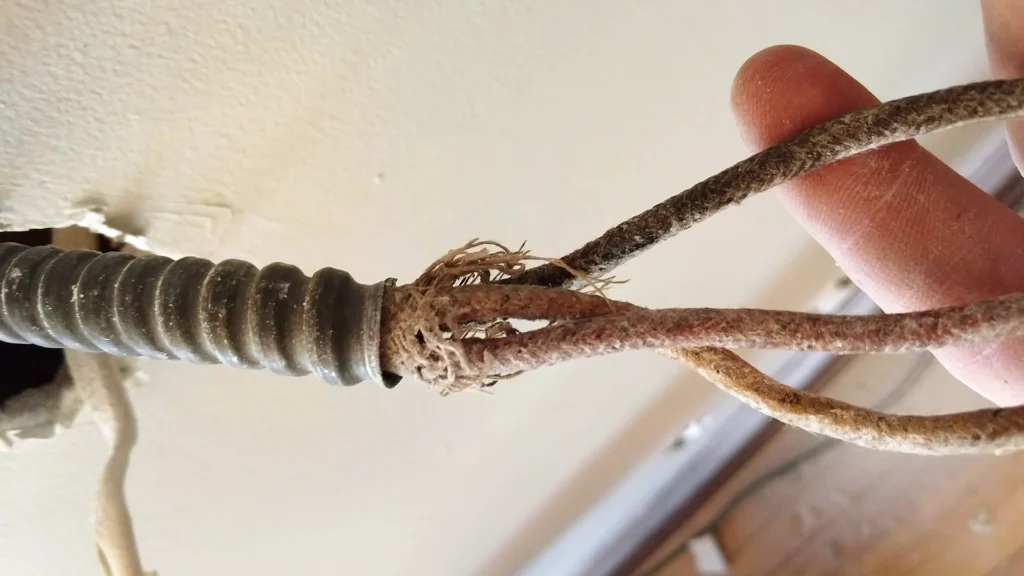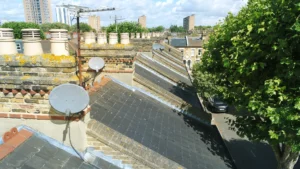The condition of the wiring in any property is vital. Poor or old wiring can be a safety hazard, potentially starting fires or preventing things like alarms from working properly. What’s more, very old wiring may reduce the value of your home when you come to sell it. It may also make it harder or more expensive to get home insurance or a mortgage.
This blog explores everything about homes with old wiring, whether you need to rewire before selling, and how much it may cost.
Key Takeaways:
- Homes with wiring that is over 30 years old should consider having it replaced as it can represent a safety hazard.
- Homes with old wiring can be harder to sell, forcing homeowners to reduce their asking price. They can also be harder or more expensive to insure, and mortgage providers may refuse to lend on them.
- You can sell a home with old wiring but you must have an up-to-date Electrical Safety Certificate.
- Fully or partially rewiring a home is an option before selling, but you could expect to pay anywhere between £2000 and £8000 depending on the scale of the project.
Understanding Old Wiring
What is old wiring?
There is no set definition for what makes old wiring, but as a general rule, anything that’s 30 years and above would be considered old. If this is the case for your property, you should think about having it rewired.
Again, there is no legal or set rule about how often you should rewire a house, but anywhere between 25 and 35 years is recommended by many electricians. This may also be the case if you have old equipment such as a fuse box instead of a consumer unit, fabric-covered cables instead of PVC-insulated ones, or you frequently encounter electrical issues like breakers tripping or lights flickering.
What are common types of old wiring?
- Knob & Tube Wiring: Generally found on pre-50s homes, this wiring has ceramic knobs and tubes that support the wiring as it passes through walls and joists. It’s now considered old and unsafe, as the lack of safety features can pose a fire risk.
- Aluminium Wiring: More popular in the 60s and 70s, it was used as a cheaper alternative to copper. However, it can oxidise over time, losing connections, overheating and potentially catching fire.
- Cloth Wiring: Popular before the 1960s, cloth wiring also degrades over time and now represents a safety hazard.
- BX and Romex Wiring: BX wiring features a flexible, armoured metal sheath that surrounds the insulated wires within. It was considered very safe for its day, but any surviving examples will now be badly corroded. Romex wiring is the same but features a non-metal shroud. Likewise, it will also be corroded and potentially unsafe by now.
The main issues associated with old wiring or equipment usually come down to one of several things. Firstly, old wiring may be unreliable and unsafe. This can lead to frequent trips, mild-to-severe electric shocks or fires. Secondly, houses with old wiring may be harder and more expensive to insure. Finally, some mortgage providers may not lend for a property with old wiring.
Can You Sell a House With Old Wiring? Legal and Safety Considerations
Yes, you can sell a house with old wiring and there is no legal requirement to rewire a home before it’s sold, regardless of age. That said, old wiring may make your home less desirable and reduce the cost as any potential buyer will need to have it done themselves.
However, you do need to have a valid Electrical Safety Certificate to sell a property. If you’re unsure, employing an electrician to undertake an EICR (Electrical Installation Condition Report) will help you determine the state of your home’s electrics.
Once you have this, you can decide on a course of action which could include:
- Replacing specific parts such as fuse boxes
- Partially rewiring your home
- Undertaking a full rewire.
For Example, How much to rewire a three-bed house?
Rewiring the average three-bedroom hours should cost anywhere between £4000 and £8000 depending on the scale and complexity of the job. Because wiring is often under floorboards and behind plastered walls, it’s a very intrusive and disruptive process that you should expect to take between 7 and 10 days.
The process will involve moving furniture around or out of relevant rooms, taking up the flooring and removing the plaster from the walls, installing the new wiring and associated equipment, testing, and then putting everything back to re-plaster and decorate.
In some cases, you might just need a partial rewire. For example, some of your wiring may still be fine, or it’s simply a new consumer unit that you need. In this instance, the cost will be lower and there will be significantly less disruption, however, the total cost depends entirely on the scale of the project.
Whether you choose to undertake this investment is up to you, but if you’re having problems selling your home, it may be worth it. Engaging with a property professional and an electrician will help you understand the costs and benefits of such a project. An alternative is to find a cash buyer or approach Zapperty. We’ll make a cash offer on any home within seven days, taking the stress and hassle away from selling your property.








